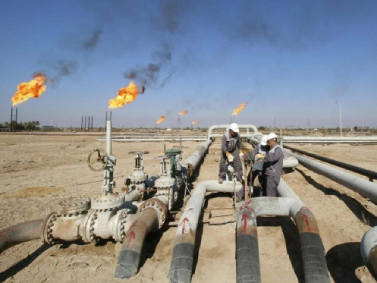Natural gas inventories in the United States ended the injection season between April and October 2020 close to the all-time high from 2016, the Energy Information Administration (EIA) said on Monday.
At the end of the refill season—which is April 1 to October 31—the amount of working natural gas in storage stood at 3,920 billion cubic feet (Bcf), close to the record of 4,047 Bcf from the middle of November 2016, according to EIA data from its latest weekly natural gas inventory report last week.
The injection season this year began on April 1 with inventories above the previous five-year average. On April 1, working natural gas inventories amounted to 2,006 Bcf, or 314 Bcf more than the average April 1 total in the previous five years.
During the injection season, net additions to inventories were around 2 percent less than the five-year average and 23 percent less than the near-record net injections of 2,571 Bcf reported during the 2019 injection season, the EIA said.
In the spring and early summer this year, the amount of natural gas in storage increased rapidly due to the milder 2019/2020 winter and decreased demand in the economic slowdown caused by measures to contain the pandemic.
By early August, U.S natural gas inventories had jumped above the upper bound of the previous five-year range for that time of the year. Lower natural production and relatively stable demand have slowed the rate of weekly gas injections since August, the EIA said.
According to the latest EIA Weekly Natural Gas Storage Report, working gas in storage was 3,927 Bcf as of November 6, up by 8 Bcf from the previous week. The stocks were within the five-year historical range but were 196 Bcf higher than this time last year and 176 Bcf above the five-year average.





